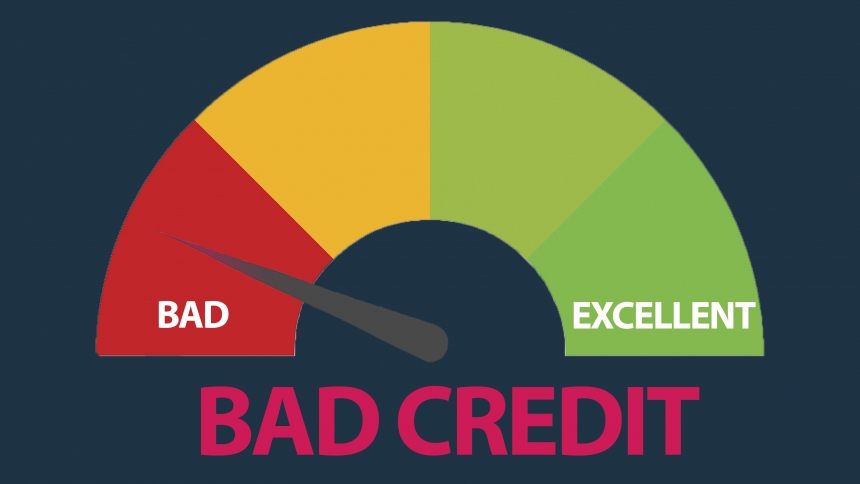In recent years, the financial landscape has witnessed a significant shift with the advent of “Buy Now, Pay Later” (BNPL) services. These services have revolutionized the way consumers approach purchases, offering a flexible alternative to traditional credit. As we analyze the usage of BNPL services in 2023, distinct trends emerge across different age groups, highlighting varying degrees of adoption and preferences.
Young adults leading the charge
The 18 to 24 age group has embraced BNPL services with notable enthusiasm. According to recent statistics, 42% of individuals in this age bracket have used BNPL options. This high adoption rate can be attributed to several factors. Firstly, young adults often have limited access to traditional credit, making BNPL an attractive alternative. Moreover, this demographic is highly tech-savvy, readily adapting to new digital payment methods offered by BNPL providers. The convenience and immediate gratification offered by these services resonate strongly with their fast-paced lifestyles.
Peak adoption among millennials
The highest adoption rates are observed among individuals aged 25 to 34 and 35 to 44, with 50% of both groups utilizing BNPL services. Millennials, who make up a significant portion of these age brackets, are driving this trend. This demographic is characterized by a high level of digital literacy and a preference for seamless, hassle-free payment options. Additionally, many millennials are at a stage in life where major expenses such as home furnishing, travel, and family-related costs are prevalent. BNPL services provide a practical solution to manage these expenses without the burden of traditional credit.
Mid-life users and their cautious approach
Usage of BNPL services begins to taper off among the 45 to 54 age group, with 33% reported to have used these options. While still significant, this lower adoption rate indicates a more cautious approach towards new financial technologies. Individuals in this age bracket may have more established credit histories and access to traditional credit options, reducing the necessity for BNPL services. Additionally, they may prioritize financial stability and be more wary of potential pitfalls associated with deferred payments.
Senior demographic showing reluctance
The lowest adoption rates are found among those aged over 54, with only 19% utilizing BNPL services. This reluctance can be attributed to several factors. Older adults are generally more accustomed to traditional payment methods and may be less inclined to shift towards digital alternatives. Furthermore, there is often a greater focus on financial security and the avoidance of debt within this demographic. The unfamiliarity with BNPL services and concerns about managing deferred payments could also play a role in their low adoption rates.
Implications and future outlook
The varying adoption rates of BNPL services across age groups in 2023 highlight the diverse financial behaviors and preferences within the population. For businesses and BNPL providers, understanding these trends is crucial for tailoring marketing strategies and expanding their user base. Younger demographics are clearly more receptive to these services, indicating a potential for growth as these individuals age and their purchasing power increases.
However, it is also essential for providers to address the concerns of older age groups by offering transparent, user-friendly experiences and educating potential users about the benefits and risks of BNPL services. As the financial landscape continues to evolve, the success of BNPL services will depend on their ability to adapt to the needs and preferences of a broad spectrum of consumers.
Conclusion
In conclusion, BNPL services have made a significant impact on consumer purchasing behavior, with adoption rates varying widely across different age groups. By catering to the unique needs of each demographic, BNPL providers can continue to grow and play a pivotal role in the future of retail finance.



